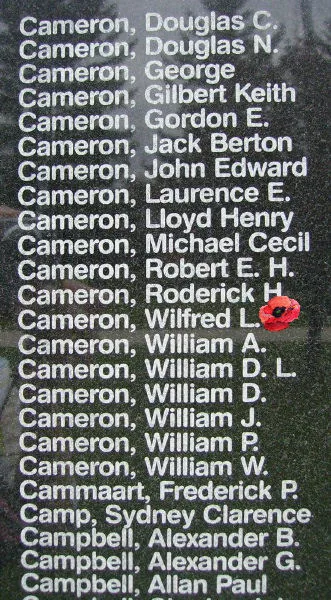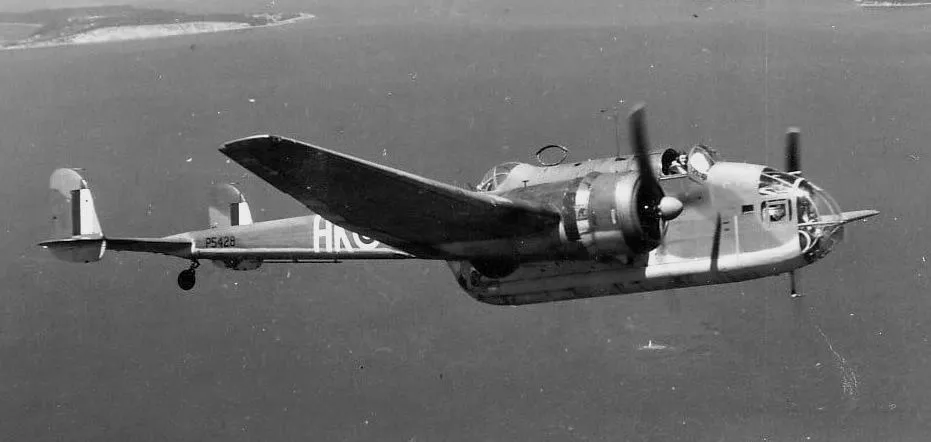Hampden aircraft L 4173 lost an engine to enemy action and flew on one engine to the coast. Pilot asked for and was given permission to land at RAF Horsham St. Faith but his approach was too fast and he tried to go 'round again, but the other engine cut out at 500 feet and he crashed in Overbury Rd. Hellesdan, Norwich.
Killed includes Cameron: Sergeant John Edward Sheridan RAAF KIA Norwich Cemetery, Norfolk Sec. 54. Grave 675.
Injured: Flight Sergeant M F Porter RAF Sergeant E.H. East DFM RAAF Seriously Injured.


